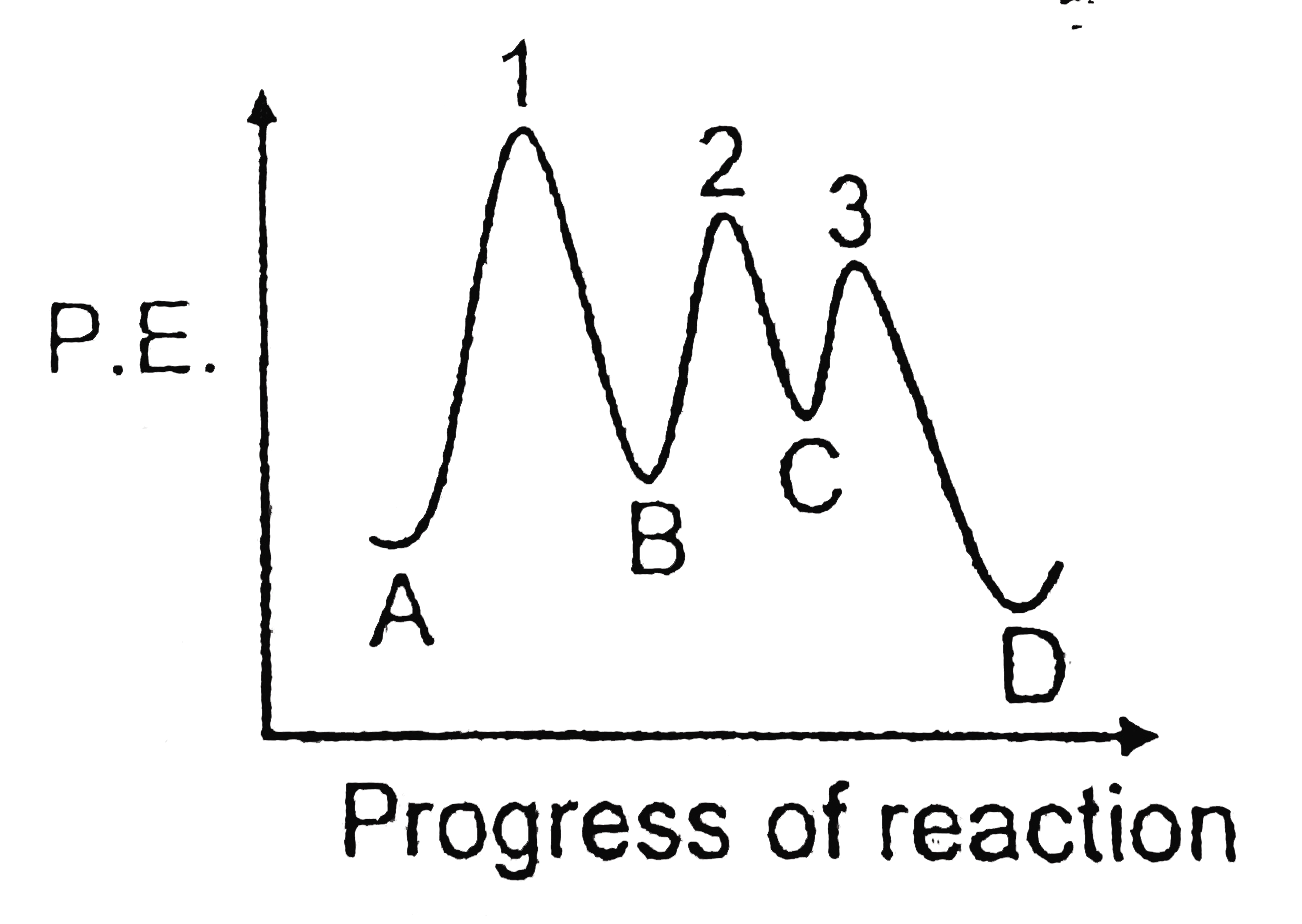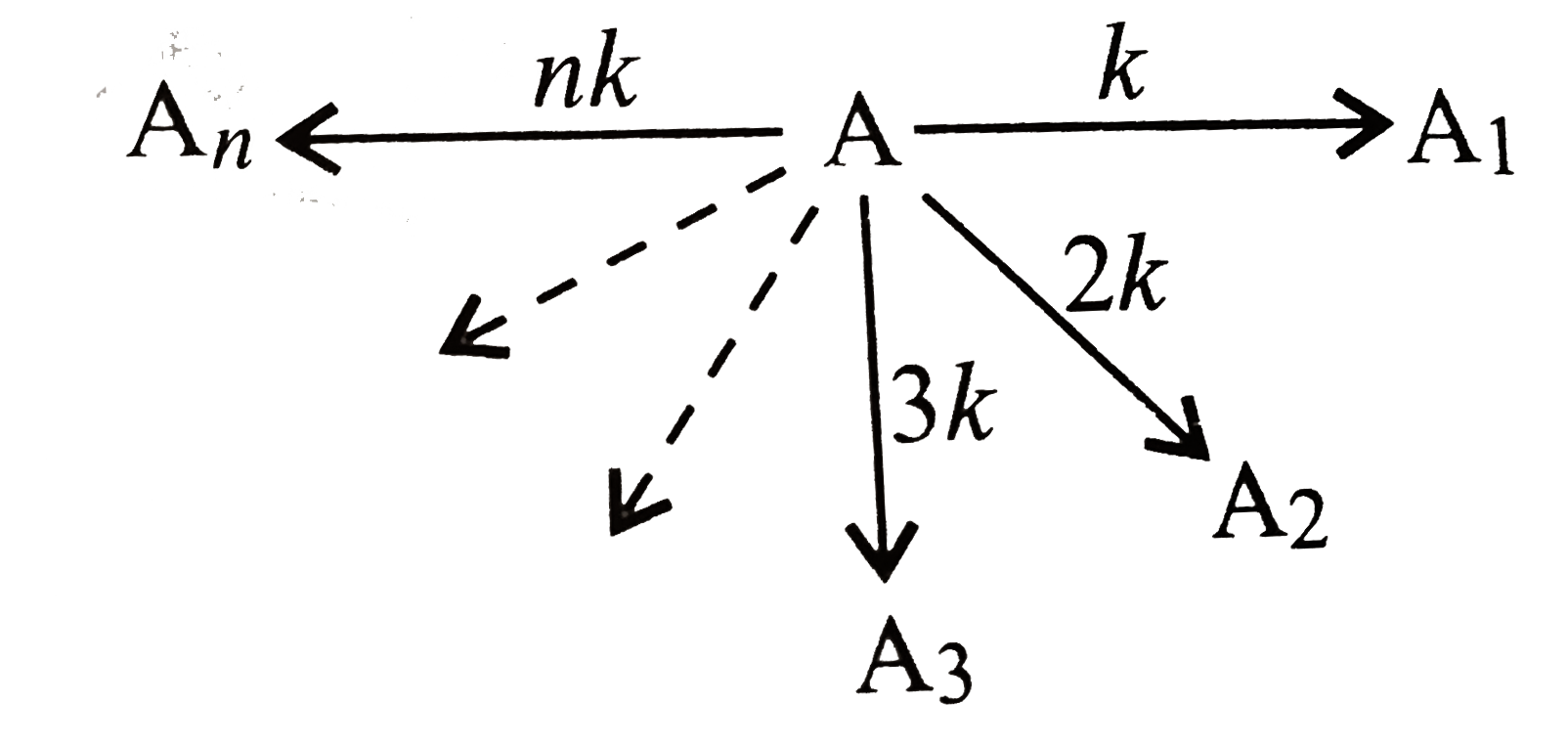AK1−−→BK2−−→C if all the reaction are 1st order and d[B]dt=0. Determine [B].
(K1+K2)[A]
(K1−K2)[A]
(K1×K2)[A]
K1K2×[A]
The correct Answer is:D
Step by step video & image solution for Aoverset(K_(1))toBoverset(K_(2))toC if all the reaction are 1^(st) order and (d[B])/(dt)=0. Determine [B]. by Chemistry experts to help you in doubts & scoring excellent marks in Class 12 exams.
Updated on:21/07/2023Topper's Solved these Questions
Similar Questions
For a reaction scheme Ak1−−→Bk2−−→D , If the rate of formation if B is set to be Zero then the concentration of B is given by :
View SolutionFor the consecutive reaction Ak1(time−1)−−−−−−−→Bk2(time−1)−−−−−−−→C following curves were obtained depending upon the relative values of k1&k2 .

Now which of the following is the correct match ?
View Solution
Energy profile diagram for an exothermic reaction. A1−−→B2−−→C3−−→D, is given below the step/s which is/are not rate determining for forward reaction?
View SolutionFor an elementary chemical reaction, A2k1⇐===⇒k−12A, the expression for d[A]dt is
View SolutionFor an elementary chemical reaction, A2k1⇐===⇒k−12A, the expression for d[A]dt is
View SolutionMechanism of the reaction is:
Ak1−−→B,2Ak2−−→C+D
What is −d[A]dt ?
View SolutionMechanism of the reaction is:

What is (a) −d[A]dt, (b) d[A1]dt
View SolutionIn the following first order competing reactions Ak1−−→B,Ck2−−→D. If only 50% of A have been reacted whereas 94% of C has been reacted in the same time interval then find the ratio of k2k1.
View SolutionConisder parallel reaction:
Ak1−−→B,2Ak2−−→C+D
What would be the rate expresison for [A] ?
View SolutionIn the series reaction
AK2−−→BK2−−→CK2−−→D , if K1>K2>K3 then the rate determing step of the reaction is
View Solution
